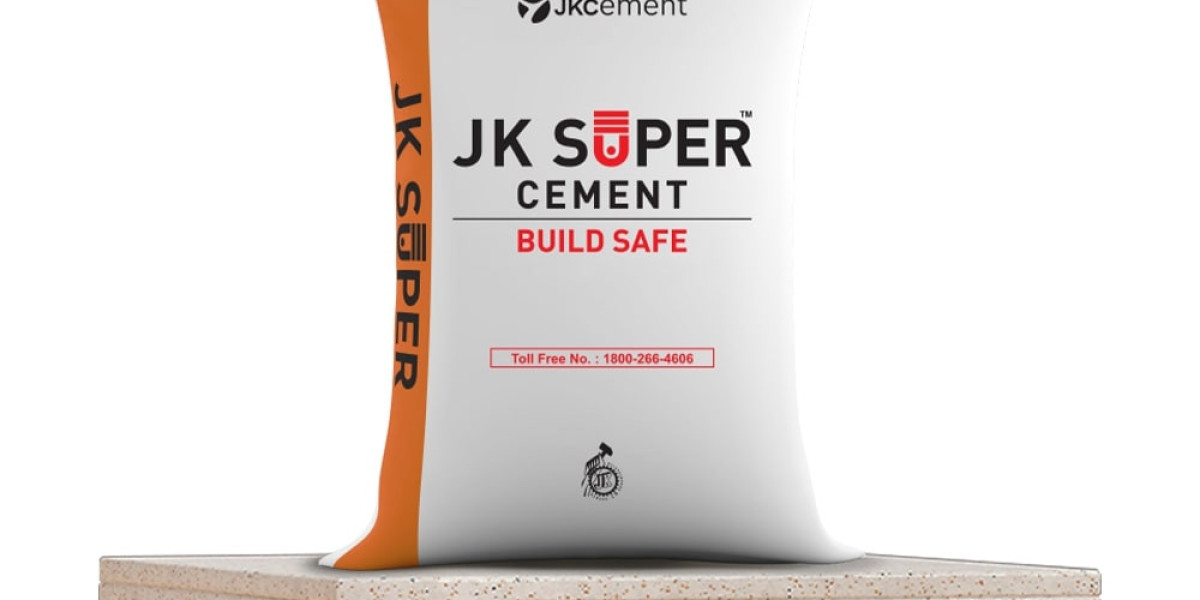Starting a construction project can be exciting and daunting, especially if you are new. One crucial stage in building a structure is the pre-slab construction phase. This groundwork sets the foundation for a solid and durable building. As a beginner, you need to grasp some fundamental tips to ensure a successful pre-slab construction process. Let us explore the must-know pre-slab construction tips:
Site preparation
When it comes to pre-slab construction tips, before you pour the concrete slab, ensure the site is properly prepared. Clear the area, level the ground, and compact the soil to offer a strong base for the concrete.
Survey and layout
Accurate surveying and layout are crucial for properly positioning the slab. Use string lines and stakes to mark the slab's boundaries and corners. Cross-check the measurements to ensure they match the building plans.
Ground drainage
Consider the site's drainage and slope to prevent water accumulation under the slab. Install proper drainage systems, such as French drains or swales, to divert water from the foundation.
Vapor barrier installation
Install a vapour barrier over the prepared ground to prevent moisture from seeping into the concrete. This barrier can be made of polyethene sheets or specialised membranes. Ensure the seams are properly sealed to create a continuous barrier.
Reinforcement placement
Depending on the structural requirements, reinforce the slab with steel mesh or rebar. Place the reinforcement according to the design specifications, typically in a grid pattern. This strengthens the concrete and prevents cracking.
Formwork construction
Construct sturdy formwork to contain the concrete during pouring and curing. Use quality lumber or prefabricated forms to create the desired shape and dimensions of the slab. Secure the forms with stakes and braces.
Proper mixing and pouring
Follow the recommended mix proportions and guidelines for concrete preparation. Use a concrete mixer or a ready-mix truck to ensure uniformity and consistency in the mix. Pour the concrete evenly into the formwork, avoiding overfilling or air pockets.
Compaction and finishing
After pouring the concrete, use a vibrating screed or bull float to level and smooth the surface. Compact the concrete to remove any voids and ensure proper consolidation. Finish the surface with a trowel for a smooth and uniform appearance.
Curing
Proper curing is important for the durability and strength of the construction concrete slab. Cover the slab with wet burlap or plastic sheeting to keep it moist. Avoid drying too quickly or exposing it to extreme temperatures during curing.
Inspection and quality control
Regularly inspect the construction site and the progress of the slab construction. Address any issues or discrepancies promptly to maintain quality standards. Conduct quality control tests, such as slump tests or cylinder tests, to verify the strength and integrity of the concrete.
Conclusion
Pre-slab construction requires careful planning, preparation, and execution to ensure a robust and solid foundation for your building project. By following these must-know tips, you can confidently and competently start your construction journey.








